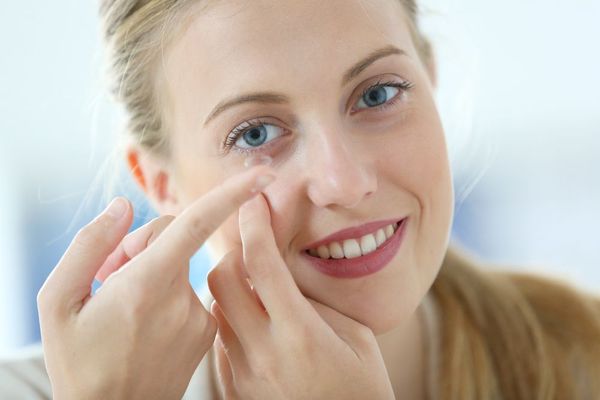Health
How to Determine if You Need Braces?
Braces are the best choice for correcting crooked teeth and creating a healthy and beautiful posture. When you talk about braces, you might think of wires attached to teeth. You may have neat teeth, but did you know that wearing braces is not just for aesthetics?
Children may need braces for a variety of reasons, including crooked, overlapping, or crowded teeth, or "bad bites" (called malocclusions). The most common is of course crooked teeth, which require orthodontic correction to show a beautiful smile. Even if the curvature of the upper or lower teeth is the smallest and is corrected with braces, this can still change the dynamics of the bite.
The use of tooth-colored ceramic braces instead of metal and white wire makes ceramic braces an attractive choice for many patients. The size and shape of ceramic braces are the same as metal ones, but they have tooth-colored or transparent braces that match your teeth. They are located on the front of your teeth like traditional braces, but because they are made of tooth-colored ceramic materials, they are more suitable for your teeth.
Braces require more attention to brushing and flossing to keep teeth from getting dirty around the braces. However, some patients have previously had dental surgery in the mouth, which may raise concerns about the effect of braces.
Also, if you have veneers covering the gaps between teeth, you should remove them because braces are designed to repair these gaps, not hide them. On the other hand, if you have crooked teeth on the top of your teeth, and the teeth in the lower jaw and bottom teeth are the straightest, then braces on the top only may be an effective orthodontic treatment. Even if your teeth are mostly straight at the top or bottom, your orthodontist may recommend that you place braces on the upper and lower teeth for specific reasons.
A common misconception that many people have about braces and orthodontic treatments is that they are only needed when you have crooked teeth or some kind of malocclusion. Even if your upper or lower teeth are mostly straight, there are reasons your orthodontist might recommend braces. Often, patients wear braces because of a common orthodontic problem that negatively affects their oral health.
Even if you have straight teeth, an incorrect bite is possible, and braces are necessary. To correct bite and related conditions, treatment involves replacing and relocating the jawbone, so your orthodontist will strongly recommend that you place braces on your upper and lower teeth. You may only need braces for the upper or lower teeth in some rare cases, but not both.
If the teeth are misaligned, bite incorrectly, or missing teeth, we can advise patients to wear braces to make the mouth look more natural and even. The braces can align the surrounding teeth correctly, close any small gaps between the teeth, open the space left by the missing teeth, leave space for restoration, and prevent the surrounding teeth from entering the space left by the missing teeth. Bite, malocclusion, crooked, crowded, or large gaps can all be treated with braces.










